- $USD
- SALES TEL: +44 (0)1709 789 933
- Contact us
- Services
- Log in
This range of bearings can operate at high speeds whilst tolerating a small amount of misalignment. Due to the smaller contact area between the balls and races, ball bearings generally have a lower load carrying capacity compared to roller bearings.
There are a few different types of ball bearing to choose from, each with it's own unique characteristics. Select from the tiles below to view the range and check availability.
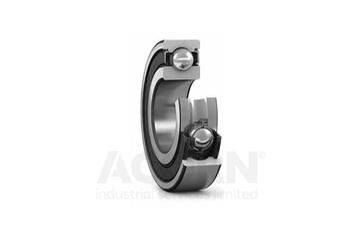
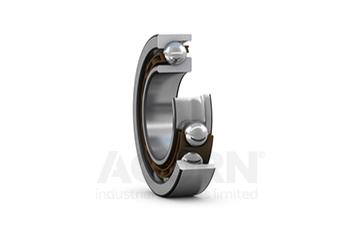
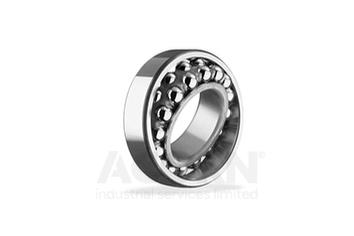
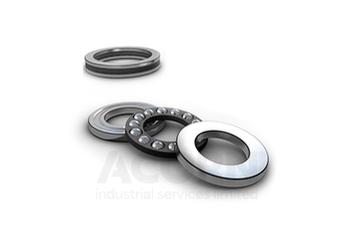
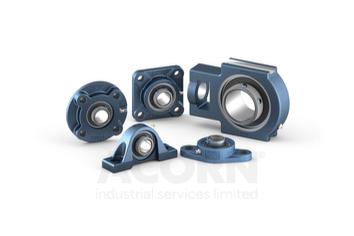
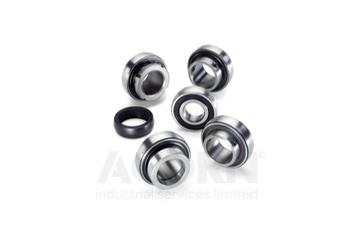
Ball bearings are comprehensive machine components that facilitate reduced friction movement between parts. These are not merely small, spherical objects, but complete assemblies that include these balls. The balls within the bearing rotate between two surfaces, minimising heat generation and enabling smoother operation of machinery.
At ACORN, our offerings include the entire ball bearing assembly - the housing and the balls within it, not just the balls. This ensures our customers receive a complete, ready-to-use solution for their mechanical needs.
The concept of a ball bearing dates back to ancient times, but it was not until the 19th century that the design was perfected for industrial use. Today, ball bearings are an essential component in many types of machinery, from conveyors to bakery ovens.
A ball bearing consists of several parts. The inner race is a track that the balls roll on, and it is typically connected to the moving part of the machine. The outer race is also a track for the balls, but it is usually connected to the stationary part of the machine. The balls themselves are the most critical part of the bearing, as they are what actually move.
Ball bearings come in a variety of sizes and types. Each type has its own specific applications, but all work on the same basic principle.
Versatility: They can handle both radial and axial loads, making them suitable for a wide range of applications.
Durability: Ball bearings are designed to be highly durable, capable of operating under challenging conditions.
High Speeds: They can operate at high speeds, which is essential in many industrial applications.
Variety: Ball bearings come in various sizes and types, catering to specific needs.
Efficiency: They contribute to the overall efficiency of the machinery in which they are used.
At ACORN industrial services, our offerings extend beyond just ball bearings. We also offer other types of bearings including:



Ball bearings are used in various types of machinery to reduce friction and facilitate smooth operation. They are found in everything from supporting the rotating shafts in electric motors to reducing the resistance in pumps and compressors. At Acorn Industrial Services, we provide ball bearings for a wide range of industrial applications.
A good ball bearing is one that is durable, can handle both radial and axial loads, operates at high speeds, and comes from a reliable manufacturer. At Acorn, we source our ball bearings from reputable manufacturers to ensure quality and performance.
The lifespan of a ball bearing can vary greatly depending on its usage and maintenance. However, with proper care and under normal operating conditions, they can last for several years. Acorn’s ball bearings are designed for durability and long-lasting performance.
Yes, it’s possible to replace ball bearings yourself if you have the right tools and knowledge. However, it can be a complex task and may require professional assistance. At Acorn, we not only supply ball bearings but also offer maintenance tools to fit bearings correctly and guidance on the best bearings and tools for a given application.